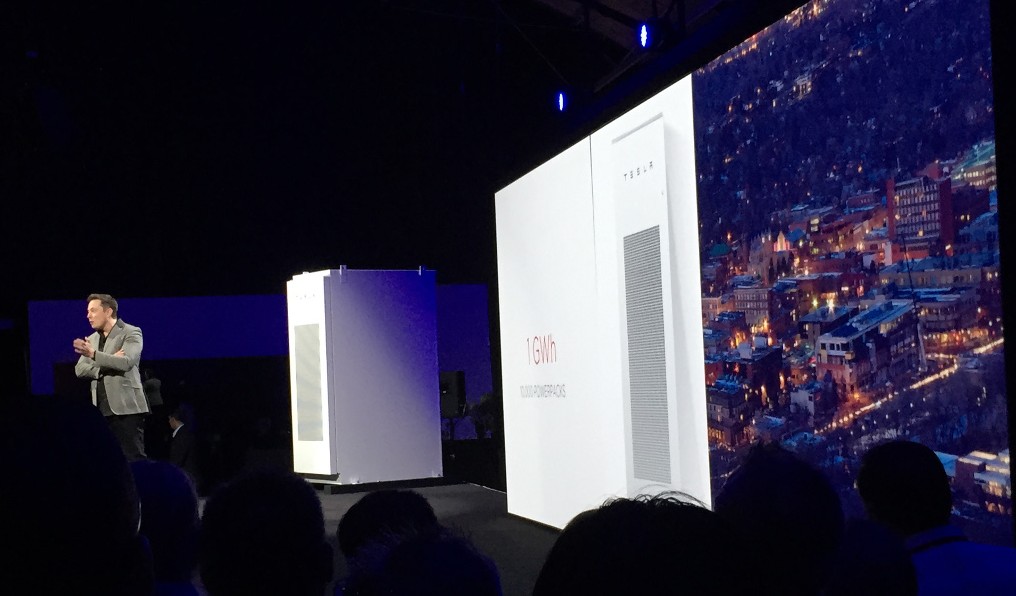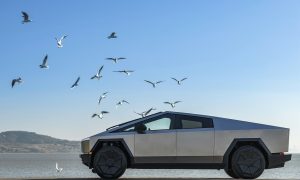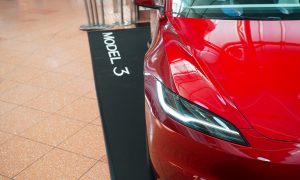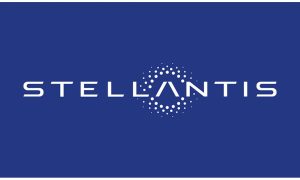Here we go again!
AC verses DC, much like Mac verses PC, is a tale as old as time. Battles fought, but the war never won. We use both everyday depending on the use and application. Each current has its place.
Energy is a pretty hot topic these days and solar is poised to become the next great battleground for the Current War. Much like it has always been, most people spend little time thinking about electrical currents. They plug something into something else and it typically just works. EV and solar aficionados on the other hand are keenly aware of the difference.
Here is a general and very basic reminder of the difference between the two currents: Typical solar panels, by their nature, have a direct current (DC) output. Household circuits and electric utility service lines use alternating current (AC). An inverter converts DC from a solar panel into household AC. String inverters handle the current conversion for a group of panels, while micro-inverters convert the current for each individual panel. Some panel manufacturers offer micro-inverters mounted on each panels and designate them as AC panels. In general, these two configurations have similar efficiency but offer unique sets of benefits for how they are used, installed, and maintained. It is important to note that each time current is converted to AC from DC and vice verse, there are losses in efficiency.
Batteries for solar arrays are similar to the panels in the sense that they are also DC by nature. These too need an inverter to get from DC to AC. There are even some that are packaged with built-in charger/inverters and marketed as “AC batteries”.
It is widely accepted that batteries are integral to the viability of solar as sustainable energy solution. Additionally, the best place for solar arrays are at their point of use, i.e. homes, office buildings, and garages. Battery storage is the key component for bridging the gap of time between energy production and use.
In a residential application the Current War is a matter of how far DC should be carried into a home, when and where it should be converted, and how many times it needs converted.
As a challenge for manufacturers and system designers, every system configuration needs to be unique to the user’s needs and goals. Some solar manufacturers have addressed the different complexities by converting everything to AC as quickly as possible. This makes a system very easy to configure, install, and expand. Each panel has a micro-inverter that essentially ties into a household AC system directly. “AC batteries” compliment this system by also tying into the house AC system directly. The generation and storage can both be easily scaled up or down based on a user’s needs. Working with AC is considered safer than with DC, which add to the reasons for why this method is appealing. The downside comes from converting current twice between the panels and the batteries, resulting in a slight reduction in efficiency.
Ironically, Tesla is expected to make a big push for a very DC-focused system, integrating a bunch of functions and elements. Nikola Tesla might be turning in his grave. Their goal is to limit the current conversion to a single point at the most downstream point possible, immediately before entering the household AC system.
Everything but the motor and onboard charger in a Tesla vehicle uses DC. Supercharging is achieved through DC and bypassing the onboard charger. The Tesla Powerwall is DC. Solar panel output is DC. It’s pretty obvious why Tesla is growing it’s DC ecosystem.
Energy generation and storage stay on the same side of the inverter. Additionally, Tesla is expected to switch another element to the DC side; the vehicle wall charger. Removing the current conversion bottlenecks will enable the vehicle to charge directly from the DC home battery to the car’s DC battery. I like to think of it as a dam exploding and releasing it’s reservoir of electrons, turning a trickling stream into a raging river!
Speculation is also swirling around the idea of vehicle-to-grid power. This would open a whole new realm of possibilities. It’s hard to say what use Tesla will make of this technology, but it could be possible to use your Tesla vehicle battery to power your home if the grid fails, or even send energy back to grid during demand spikes.
For comparison, lets look at how an AC-focused system would compare to a DC-focused system in everyday use for a house with a Tesla vehicle from the vantage of an electron (keep in mind that these two examples hardly represent the entire spectrum):
Current Conversion Points:
AC:
- Solar panel generates DC current
- Unused mid-day Solar DC current converted to household AC at the panel
- Household AC converted to DC at the house battery as excess storage
- House battery DC converted back to household AC at night to charge your vehicle
- Household AC converted to DC in the vehicles onboard charger and sent to vehicle battery
DC:
- Solar panel generates DC current. Unused mid-day solar DC sent to house battery as excess storage. Then the same current flows from your house battery to your car battery.
Zero conversions in the DC ecosystem compared to four conversions in the AC ecosystem. No loss of efficiency. No bottlenecks. Pretty slick, right?
Yeah, I didn’t address what happens when your DC house battery is low and you draw from the grid and need an AC to DC conversion. Tesla is expected to seamlessly integrate this capability into their system. One conversion is still better than four.
Both systems will have their share of advocates, and neither of them should be seen as universally ‘wrong’. It comes down to which configuration would best suit the needs and goals of its user. One major comparison between the two systems is the number of components and the likelihood of complete system failure should one single component stop working.
With an AC system, you have a lot of conversion points, but they are fairly independent. If one fails, the rest still work and your system can still function.
With a DC system, you may have one single inverter. If it fails, your entire system fails.
With varying degrees of grid reliability or “prepper” mindfulness, the spectrum of system variations can address every need. The Tesla DC ecosystem will be best used by Tesla vehicle owners. The list of which is about to explode. Not unlike that electron dam.











